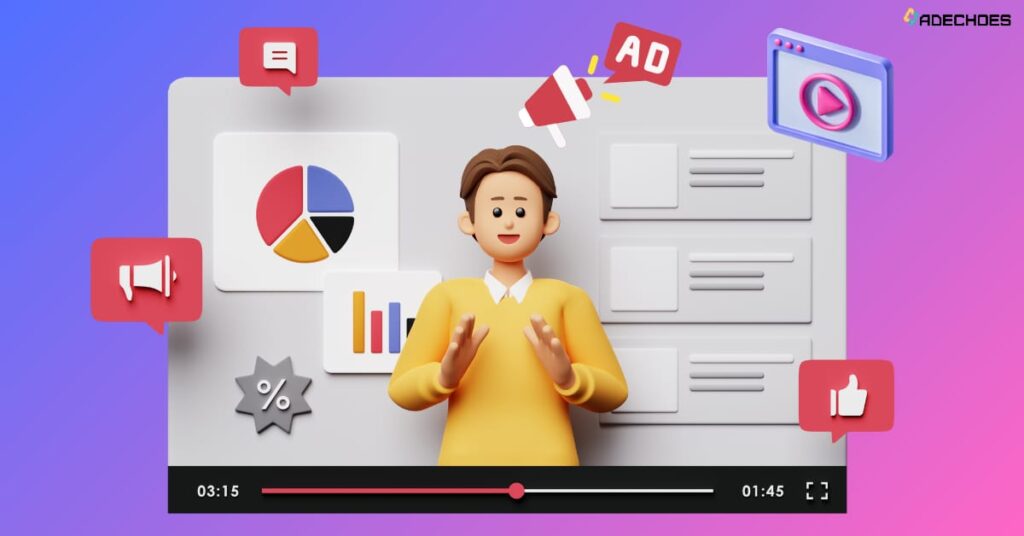Have you ever wondered why some brands manage to captivate their audience effortlessly? The answer often lies in how they use video in marketing. Video has become one of the most powerful tools to grab and keep attention as attention spans get shorter.

In today’s world, where everyone is constantly bombarded with information, grabbing attention can be tough. Videos make it easier because:
Video in marketing doesn’t just attract attention—it also influences buying behavior. Studies show that:
This means that incorporating video into your marketing strategy can help guide customers through the buying journey by informing them, building trust, and ultimately, encouraging them to purchase.
Let’s look at some specific examples of how businesses effectively use video:
It’s essential to recognize how much video influences consumer decisions:
Consumers today expect personalized experiences. Here’s how video in marketing can help:
Choosing the right format for your video content is crucial. Here’s a quick breakdown:
Some businesses may feel hesitant about adopting video in their marketing strategy due to perceived challenges, such as:
Finally, it’s important to emphasize that video is not a passing trend. With new technology such as AR (Augmented Reality) and VR (Virtual Reality), video will continue evolving. Brands that embrace video today are setting themselves up for future success in a world where visuals and interactivity will dominate the customer experience.
In a digital world overflowing with content, video in marketing stands out as a key strategy for capturing and retaining audience attention. Whether you’re looking to boost brand awareness, drive conversions, or build trust, incorporating video into your marketing strategy is essential for staying ahead in today’s competitive landscape.

Hello, from adechoes.in, your one-stop shop for anything related to digital marketing. Here, we’re passionate about using smart content and useful strategies to support businesses in their online initiatives.
Check out our blog for helpful information on tools, strategies, and trends in digital marketing. Are you prepared to develop your digital strategy? Speak with us right now to find out how we might work together on your upcoming project.
© 2023 – All Rights Reserved • Blog By Tisha

Hello, from adechoes.in, your one-stop shop for anything related to digital marketing. Here, we’re passionate about using smart content and useful strategies to support businesses in their online initiatives.
Check out our blog for helpful information on tools, strategies, and trends in digital marketing. Are you prepared to develop your digital strategy? Speak with us right now to find out how we might work together on your upcoming project.
© 2023 – All Rights Reserved • Blog By Tisha

Hello, from adechoes.in, your one-stop shop for anything related to digital marketing. Here, we’re passionate about using smart content and useful strategies to support businesses in their online initiatives.
Check out our blog for helpful information on tools, strategies, and trends in digital marketing. Are you prepared to develop your digital strategy? Speak with us right now to find out how we might work together on your upcoming project.
© 2023 – All Rights Reserved • Blog By Tisha
[…] Digital Advertising Advantages offer more precise, impactful, and efficient methods for reaching audiences than traditional advertising ever […]